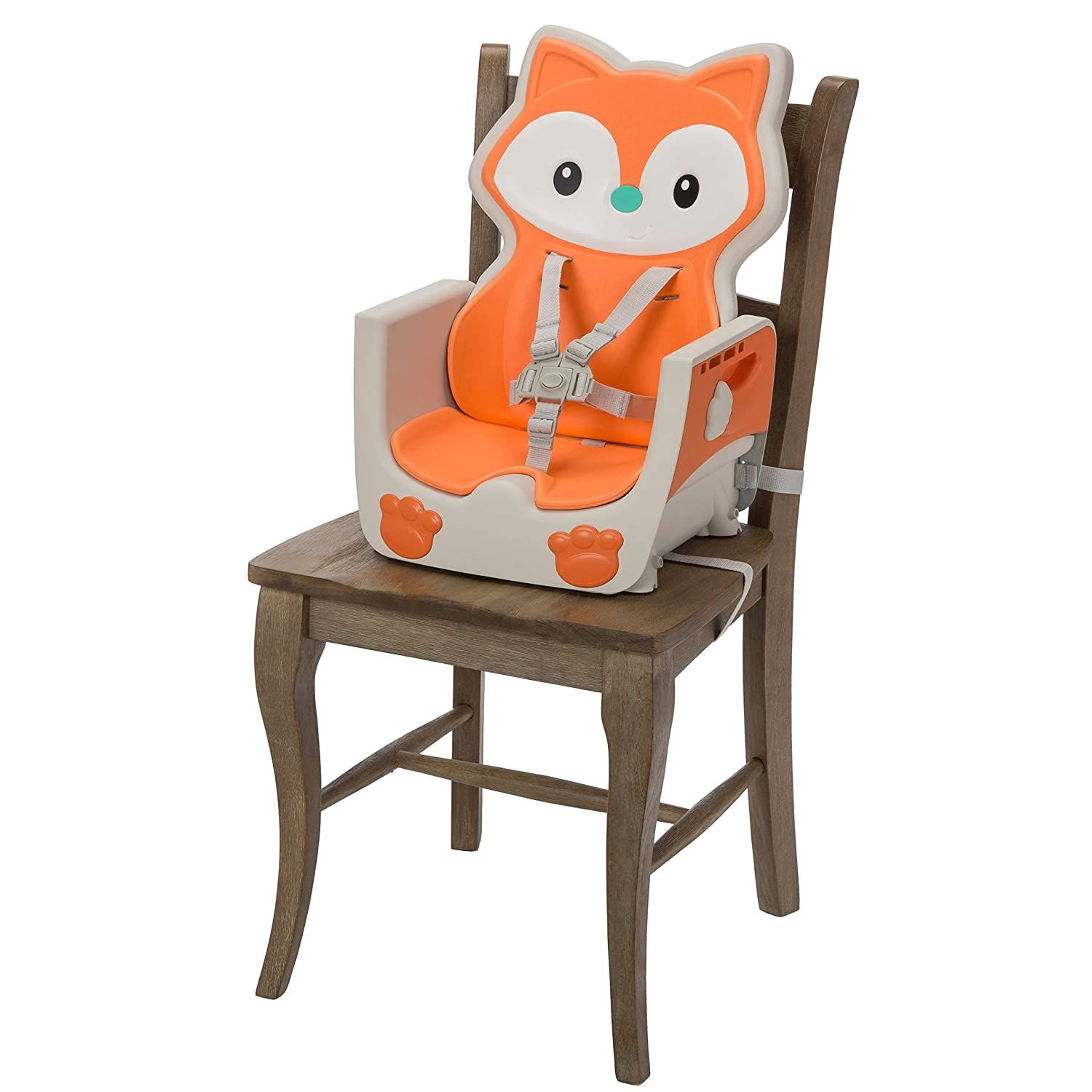Using and Maintaining Baby Chairs: Best Chair For Baby Learning To Sit

Supporting a baby’s development while ensuring their safety is paramount when using a baby chair. Choosing the right chair and understanding its proper use and maintenance are crucial steps in this process. This section will provide guidance on safely and effectively utilizing various types of baby chairs, as well as maintaining them for optimal hygiene and longevity.
Safe and Effective Use of Baby Chairs
Different types of baby chairs offer varying levels of support and functionality. High chairs, for instance, are designed for feeding and offer a secure, elevated position. Bumbo seats provide support for babies who are beginning to sit unaided, allowing them to explore their surroundings. Floor seats, often with a surrounding bolster, offer a soft and comfortable space for supervised play. When using any of these chairs, always ensure the baby is securely positioned and never leave them unattended. Always check the manufacturer’s instructions for weight limits and appropriate age ranges. Regularly inspect the chair for any signs of wear or damage before each use. For example, a high chair with loose screws or a cracked seat should be immediately taken out of service.
Cleaning and Maintenance of Baby Chairs, Best chair for baby learning to sit
Proper cleaning and maintenance are essential for hygiene and to prolong the life of your baby’s chair. Different materials require different cleaning methods. For example, wipe down plastic chairs with a damp cloth and mild soap, while fabric-covered chairs may require spot cleaning or machine washing according to the manufacturer’s instructions. Wooden chairs should be cleaned with a damp cloth and occasionally treated with a child-safe wood polish. Always ensure the chair is completely dry before allowing your baby to use it again. Regularly check for any loose parts or potential hazards and address them promptly.
Potential Hazards and Safety Precautions
It is crucial to understand the potential hazards associated with baby chairs and to take appropriate safety precautions. Failing to do so can lead to serious injuries.
- Always use the chair according to the manufacturer’s instructions, paying close attention to weight limits and age recommendations.
- Never leave a baby unattended in a baby chair, even for a short period. Babies can easily tip over or become entangled.
- Ensure the chair is placed on a stable and level surface. Avoid placing it near stairs, open windows, or other potential hazards.
- Regularly inspect the chair for any signs of damage, such as loose screws, cracks, or broken parts. Replace or repair damaged chairs immediately.
- Use safety straps or harnesses whenever available and appropriate for the type of chair. This will help to secure the baby and prevent falls.
- Keep small objects and choking hazards away from the baby while they are in the chair. This includes toys, food, and other items that could be swallowed.
- Never place the chair on an elevated surface, such as a table or countertop, as this significantly increases the risk of falls.
